- What is Vocal Range?
- Voice Registers and the Fundamentals of Vocal Range
- What is the Average Female Vocal Range?
- What is the Average Male Vocal Range?
- Average Vocal Range by Voice Type
- Vocal Range Chart
- How to Find Your Vocal Range?
- How to use a Vocal Range Test?
- Learn these Vocal Techniques to Expand Vocal Range
- Exercises to Increase Vocal Range
- How Long Does it Take to Increase Your Vocal Range?
- Few Tips for Increasing Vocal Range Fast
- Closing thoughts !
- FAQs
Hey folks! Vocal range is a term that gets thrown around a lot among singers, singing classes and in choirs. We believe that singers with a wide vocal range can sing a variety of musical genres. Indeed, that is true!
Ergo, I am going to guide you through tips for improving pitch range and to sing higher notes straining, useful vocal range exercises to improve tonal reach. You can also find deets about our vocal range test. Let’s get going!

Music is a Place to take Refuge. It’s a Sanctuary from Mediocrity and Boredom. It’s Innocent and it’s a Place you can loose yourself in Thoughts, Memories and Intricacies.
What is Vocal Range?
Vocal range is the range of pitches that a singer can sing comfortably without any strain in the voice. The voice pitch span differs from person to person. There are singers with wide tonal range and some have limited tonal reach. With that being said, practicing vocal range exercises is simply one of the greatest tips for increasing vocal range irrespective of gender.
It has now become easier to find your voice range through exercises and vocal range tests available online for free.
Basically, this concept in music starts with vocal ranges from highest to lowest pitches one can sing easily and comfortably. To understand this better and to sing higher notes without straining, let’s take a ride through voice registers.
Voice Registers and the Fundamentals of Vocal Range
Before we begin, check out my other article on Anatomy of Voice to know the mechanism of production of voice in a human body. Now, voice registers refer to the usage of different areas of our body to sing low or high notes. Basically, there are 4 voice registers.
There are 4 voice registers that every singer looking for tips for improving vocal range should definitely know about.
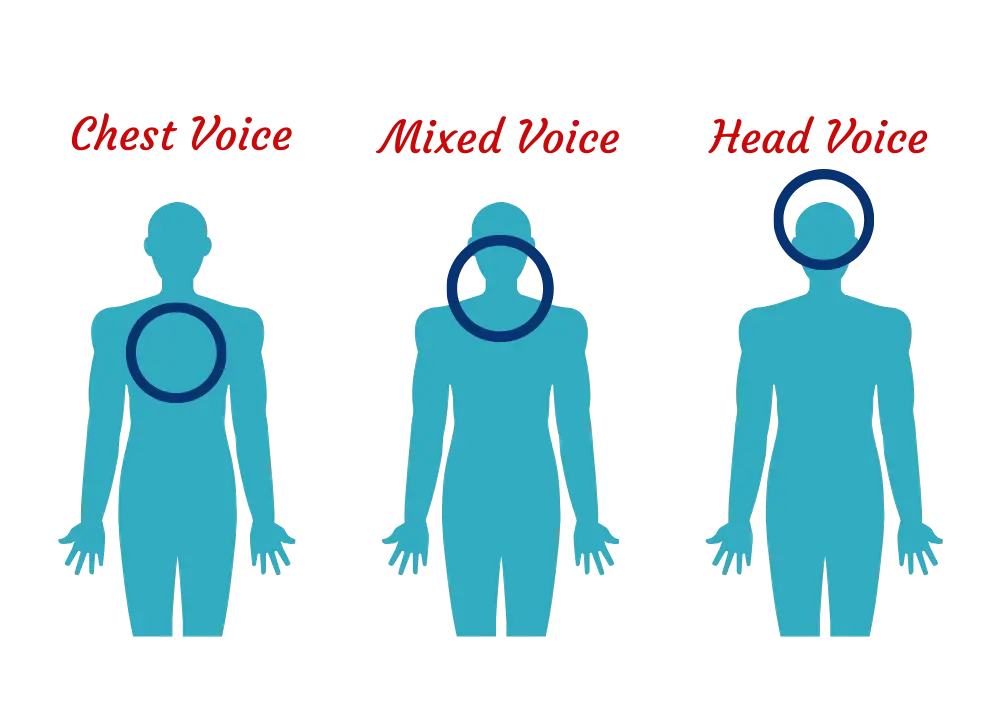
Chest voice
Ideally, when we speak you can feel that your chest part vibrates. That’s because we use our chest register when we speak. So, the voice used for singing the lower pitches is called the chest voice. In the chest register, you can feel the sound resonating in the chest part.
Note that studying voice registers is yet another one of excellent tips for improving vocal range. Moving onto the head register.
Head Voice
Head voice is the upper range of where the sound or your voice resonates in the head. Usually, the sound produced in the head register is much lighter than that of the chest register. Vocal range exercises also play an important part in helping us sing higher notes without straining our head voice.
Mixed Voice
Alright, you guessed right! Mixed voice is a mixture or blend of head and chest voice. Mixed voice lets singers transition from low notes to high, smoothly. Sound in this register usually sounds as if it’s resonating in the chest part.
Falsetto
Falsetto is basically a voice technique used by both male and female singers to sing high pitches that are higher than their tessitura. Singers with a wide note range also use falsetto from time to time.
We also have a whistle register which is the highest register of human voice.
What is the Average Female Vocal Range?
Though the ranges differ from person to person, an average female vocal ranges from A3 – A5.
What is the Average Male Vocal Range?
Just like female voices, male voice ranges vary depending on the person. On an average.
Before I tell you how to find your pitching capatbitly, let’s quickly glance at voice types.
Average Vocal Range by Voice Type
Here are different voice types with their voice span. Check out Types of Singing Voice to get a deeper understanding of the concept.

1. Soprano
Soprano has the highest tessitura (tessitura is another term used for voice range) of all the voice types. Sopranos are singers with a wide vocal compass.
What is a Soprano’s Vocal Range?
Soprano voice range is C4 to C6. Sometimes, even higher.
2. Mezzo Soprano
Mezzo sopranos are literally called the half sopranos who would generally sing the soprano counterparts in a choir. This voice doesn’t have a pitch range as high as sopranos.
What is a Mezzo-Soprano’s Vocal Range?
It ranges from A3 to A5.

Did You Know?
The famous “Let It Go” singer Idina Menzel’s Vocal range helps her belt in C6 and deliver soaring high notes.
3. Alto
Altos and contraltos have the lower range of female voices. Their voices have a deep resonant tone. Everyone learning singing usually takes a vocal test to know which voice type they belong to.
What is an Alto’s Vocal Range?
Altos’ average vocal range is G3 to E5.
4. Tenor.
Tenor is the highest vocal range among male singers. There are so many famous singers with wide vocal ranges who happen to be tenor singers. To name a few Luciano Pavarotti in the classical and Bruno Mars in contemporary.
What is a Tenor’s Vocal Range?
Usually, a tenor singer can sing pitches from C3 to E5. Sometimes even higher.
5. Baritones
Baritones are the counterparts of tenors. Tenor vs baritone voice range happen to be a discussion of the decade.
What is a Baritone’s Vocal Range?
The average pitch span of a baritone is A2 to A4. But, not exactly they are singers with a wide range. They can adjust according to their repertoire.

Did You Know?
Baritones were not recognized as a voice type until the 19th century.
6. Bass
Bass has the lowest vocal range in the whole SATB group of singers. Famous singers with wide vocal range in bass include Johnny Cash, Avi Kaplan.
What is a Bass’s Vocal Range?
Bass’ vocal range is between E2–E4 and even lower.
Vocal Range Chart
| Voice Type | Gender | Range (Approx.) | Actual Tessitura | Vocal Characteristics |
| Soprano | Female | C4 – C6 | G4 – G5 | Bright and often carries melody in classical and pop. |
| Mezzo-Soprano | Female | A3 – A5 | F4 – F5 | Warm and is common in pop, jazz, and opera. |
| Contralto (Alto) | Female | F3 – F5 | D4 – D5 | Lowest female voice. |
| Countertenor | Male | G3 – D5 | A3 – C5 | Uses falsetto; highest male voice. |
| Tenor | Male | C3 – A4 | E3 – G4 | Bright and expressive tones. |
| Baritone | Male | A2 – F4 | C3 – E4 | Most common male voice. |
| Bass | Male | E2 – E4 | G2 – C4 | Deepest male voice. |
Now comes the million dollar question!!
How to Find Your Vocal Range?
The best place to start is to sit on a piano and start to sing a note. On the piano, locate the corresponding note. And keep increasing the pitch to the highest possible pitch you can sing and do the same with the lowest possible pitch. That is the simplest way and an answer to “how to find your singing range.”
Avoid forcing anything at all.
Your range isn’t being tested just yet! just lightly and easily warming up the vocal cords. Repeat three or five times. Here is a superb voice exercise that can help you determine your tone capacity.
Make the entire process as simple and easy as possible, whether you are using any singing apps or a piano. If you hear a “break” in your voice anywhere, don’t be shocked.
How to use a Vocal Range Test?
Yet another answer to “how do I find my vocal range” is to use a Vocal Range Finder of MUSICMASTER and find your singing ranges today!
So here are the instructions on how to use a vocal range tester.
All you have to do is sing your lowest note and the online pitch detector will detect the pitch and display the name of the note on the screen. Likewise, sing the highest note that you can sing comfortably without straining your vocal cords. That note will be displayed with the number of the octave next to it.
Basically, any vocal range calculator will help you find your lowest note and your highest note that you can sing.
Learn these Vocal Techniques to Expand Vocal Range

The below are the few techniques you’ll require to easily expand your spectrum of pitches that you can sing.
- Diaphragmatic Breathing
- Good posture
- Vowel Placement
- Blending Voice Registers
How can I Train my Voice to Sing Higher with Diaphragmatic Breathing?
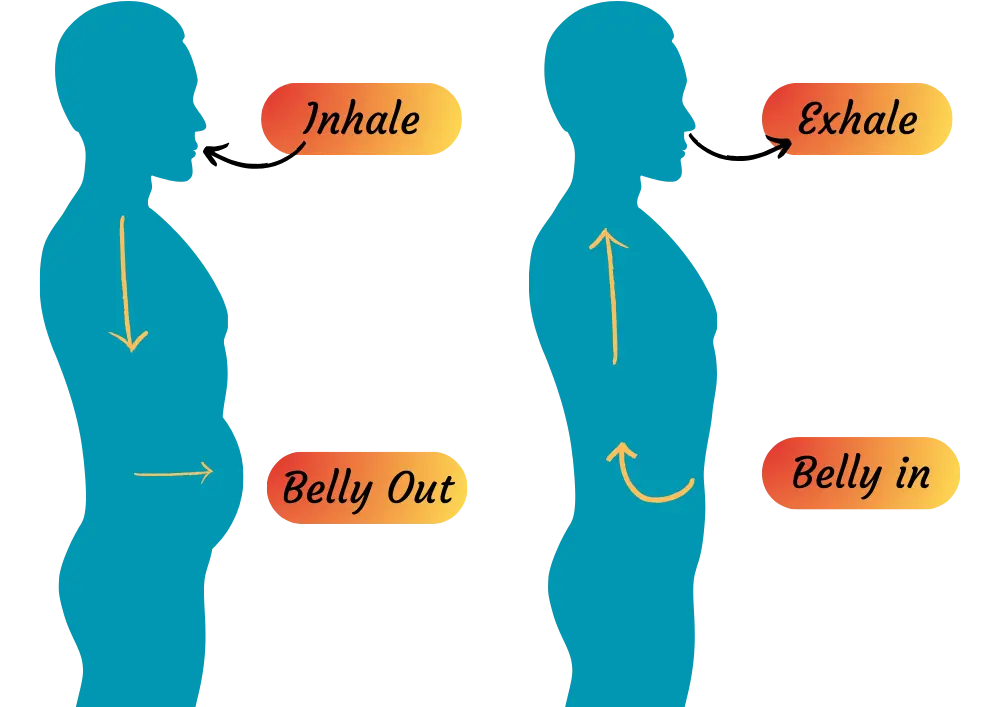
Diaphragmatic breathing is using the abdomen muscles and your stomach as well as your lungs for breath support. In simple words, your stomach expands when you inhale and deflates when you exhale. It’s also called reverse breathing. This technique enables maximizing your breath support and helps you to have relaxed muscles in your abdomen. Sufficient breath always makes singing low and high pitches in a relaxed way. Diaphragmatic breathing is a must for increasing vocal range.
Good Body Posture
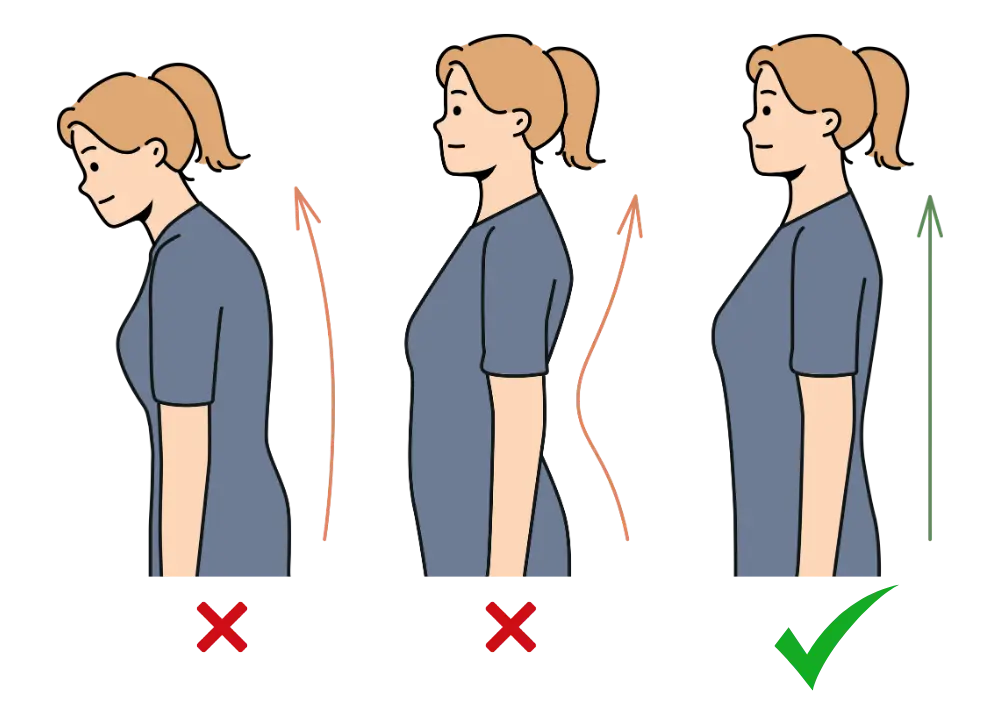
When I say good posture, I mean relaxed shoulders and the placement of your head properly aligned with your spine. This is called Alignment. You need to make sure this is done when you’re sitting or standing. This is very important for proper airflow.
How to Have Good Singing Technique of Vowel Placement?
The vowels that we sing need proper placement for proper resonance. For each vowel to resonate properly, a little different lip shape and tongue position are needed. This will automatically raise your shoft palate thereby creating more space.
Now more space means more pitches to sing without pushing so much which enables you to expand your vocal range. Vowel placement is a skill that singers can use to produce a steady, well-balanced tone throughout their tessitura. Vowel placement also helps you perform vocally expressively and effectively.
How do you Increase your Singing Range by blending Voice Registers?
You must work on blending the voice registers for smooth transitions between chest voice and head voice. It is an absolutely necessary technique required to increase vocal range fast. We know that typically there are three voice registers to keep in mind. Chest voice (low range), middle voice (mixed register) and head voice (upper range).
You will need proper breath support and flexible vocal folds to blend registers and easily expand your tonality reach. Learning to correctly blend registers helps you increase vocal flexibility, increase vocal range fast and have a consistent tone clarity throughout your vocal range.
Exercises to Increase Vocal Range
Octave Jumps
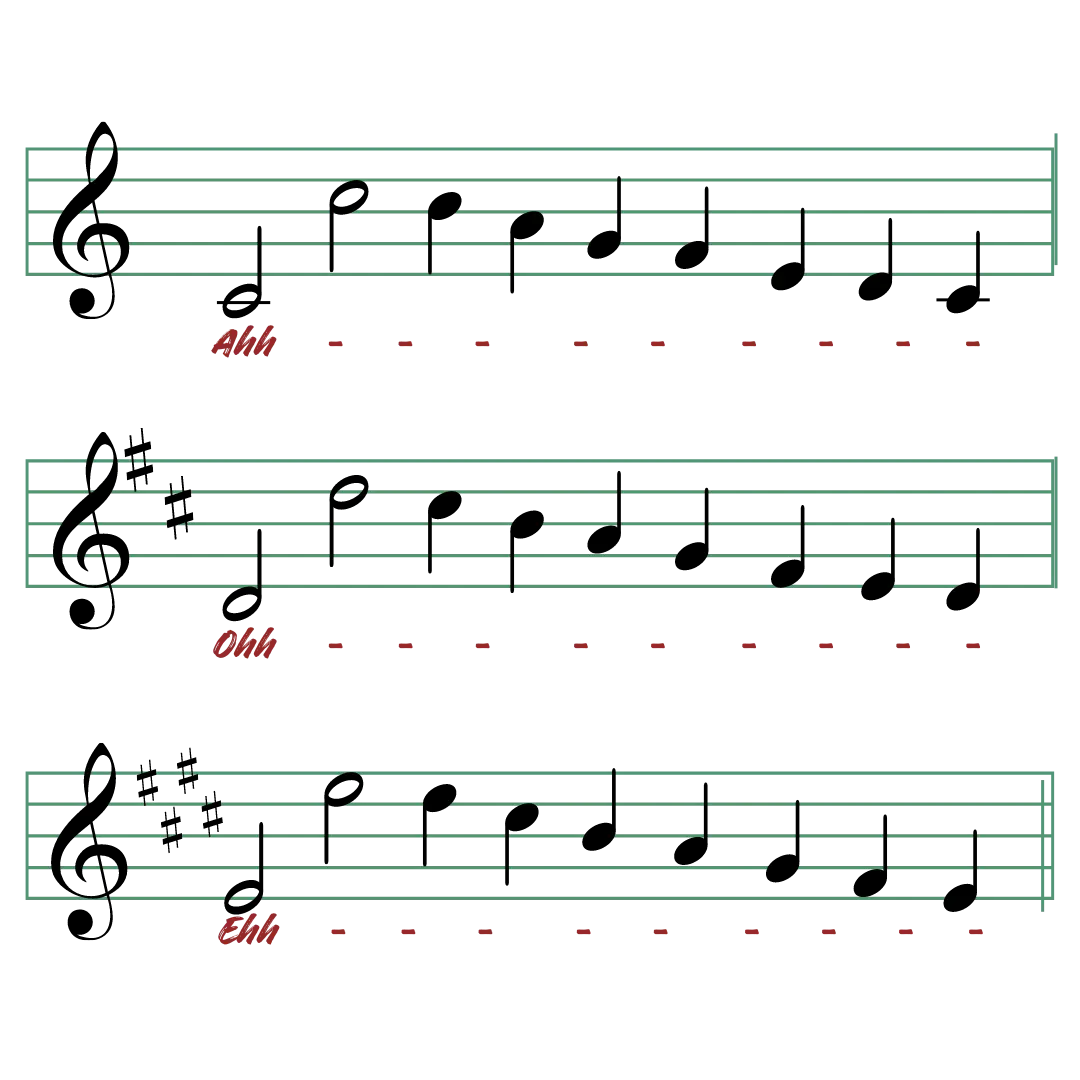

Octave jumps are excellent exercises to increase vocal range. Shifting from one octave to the other helps you sing higher pitches. Both ascending and descending octave jumps can help you find out vocal range.
Sirens
Sirens are just long glides between a low and higher notes. The idea is to glide through the pitches in between these two notes. Vocal sirens can frequently span several octaves in a single glide. This method has a siren-like feel because you can start and end it in any key.
How to Improve Singing Voice with Trills?
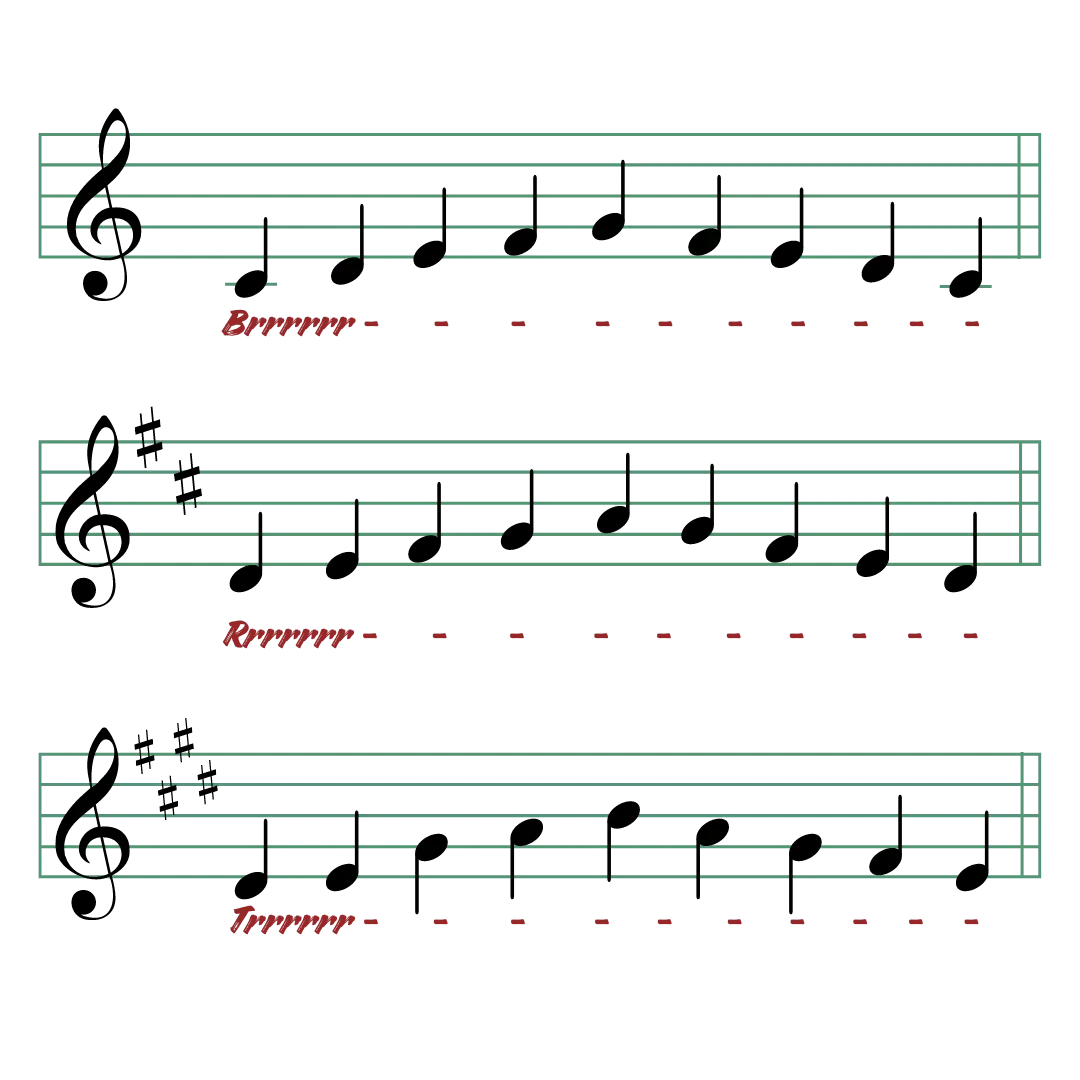
I say, lip trills are the best for enhancing resonance and improving flexibility in your muscles. It can Increase singing ranges fast as well help you keep a check on your breath support.
Scales

Scales in both ascending and descending orders help you create a smooth transition while shifting from one voice register to the other. Practicing scales in humming can improve your ability to sing high pitches thereby letting you expand vocal range.
Scale Runs and Arpeggios
Both scale runs and Arpeggios help you to have control over vocal transitions and pitch accuracy. Gradual practice of scale runs and Arpeggios with proper breath support and relaxed muscles can easily expand vocal range.
Stay hydrated to ease vocal cords tension

You should definitely check out What to Drink to have a Good Voice to know exactly how to ease vocal cords tension and why you should do that to sing higher notes without straining. Most importantly, a dry throat can make you tired and hinder the possibility of having a wide vocal range.
How Long Does it Take to Increase Your Vocal Range?
The typical timeframe for a beginner will be 3-6 months while an intermediate or an advanced learners will take 6-12 months.
Few Tips for Increasing Vocal Range Fast
- Practice Gradually, Regularly and Consistently for increasing vocal range. Use a voice pitch analyser to track what you sing.
- While practicing the exercises to expand vocal range, make sure the jaws, lips, neck and vocal cords are relaxed. Tension in these muscles limit the chances of a wide tonal reach.
- When you feel a slight pain in your throat, you must stop pushing. These frictions can worsen your vocal health in time.
- You must have vocal rest from time to time to recharge your energy.
- Remember to be patient and persistent. To expand the vocal range requires patience.
- Try singing songs that’s higher than your vocal range. This is a long shot and a tiring one, I might add. You cannot sing the lyrics right away. You should not! Hum the entire song. You may feel a little tightness in your throat. Try to raise your soft palettes to avoid that.
- This may sound weird. Right posture is relaxed muscles. Look at the picture shown above. Stand in front of the mirror and do your vocal range exercises. And Presto! Another fantastic tip for improving vocal range
Here are a few of the best songs for practicing vocal range.
Hallelujah – Leonard Cohen
I Will Always Love You – Whitney Houston
Someone Like You – Adele
All Of Me – John Legend
This Is Me – The Greatest Showman
Closing thoughts !
Improving your vocal range cannot happen in one day. It is okay to take a longer time. Remember you must have your voice warmed up before starting to reach higher or lower notes. I would also recommend taking guidance from a professional to avoid singing high or low notes without straining. So book your demo with us MUSICMASTER. Happy singing Ya’ll!
As a beginner, after learning about Vocal Ranges, its always very pertinent to keep singing tips at hand. The importance of warming up and warming down your throat, the importance of keeping your throat hydrated are a few things that one should miss.
FAQs
What is vocal range?
Vocal range is the span of lower to higher pitches one can sing comfortably.
How long does it take to increase vocal range?
You can increase your vocal span through consistent practise of exercises.
What is the highest vocal note ever sung?
Unbelievably, G10 is the highest vocal note ever sung by a Brazilian singer.
How to find your vocal range?
Use a vocal range test or finder app. You can sing and check by playing the note on a piano and find your vocal range.
Difference between soprano and mezzo-soprano?
The notable difference between soprano and mezzo soprano is the vocal range and the color timbre.
Can you change your voice type?
You can make the resonation of your tone different.
What is Arijit singh's vocal range?
It spans approximately 3 octaves from F2-B5.
How Much Can You Increase Your Vocal Range?
Proper training and consistent practice is required.
What is Billie Eilish's vocal range?
Her pitch range is from around D3-A4.
What is Bruno Mars' vocal range?
His tonal range spans for 3 octaves from C3-C6.
Where can I find a voice pitch analyzer online?
You can find a voice pitch analyzer apps like Tonedear, Musicca online.
Is there a voice type test available online?
Yes, there are voice type tests available online.
Who has the highest vocal range?
Tim Storms holds the world record with 10 octaves.
Related blog: What To Drink To Have A Good Voice?




































